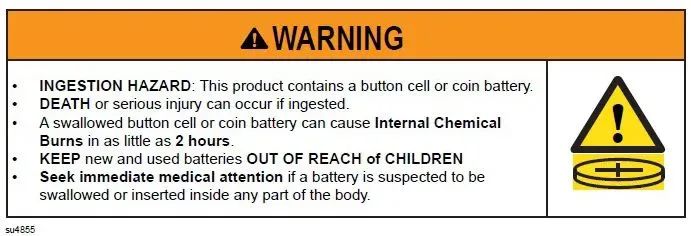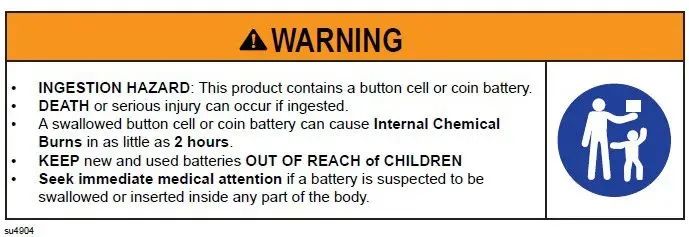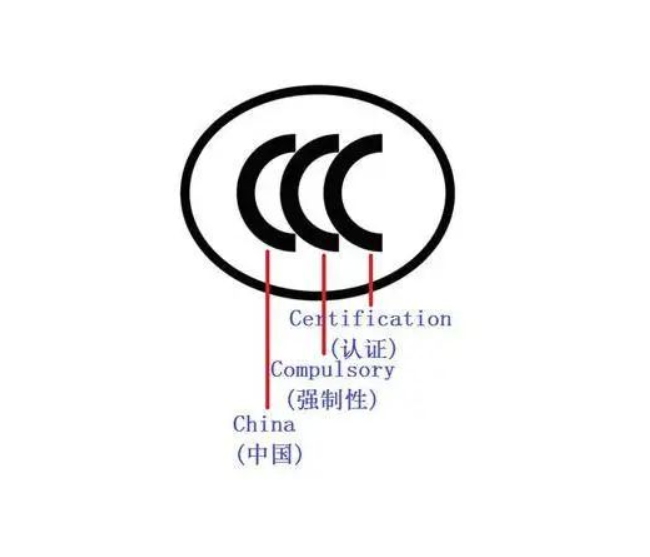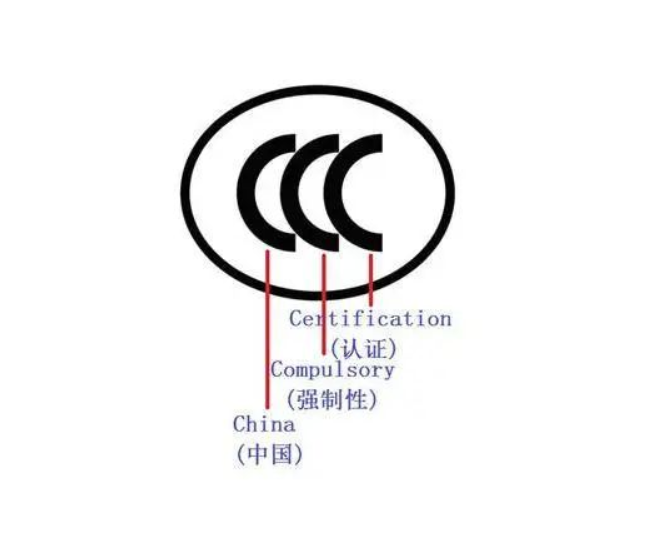Detailed explanation of UL 4200A-2023 standard
The standard UL 4200A:2023 for consumer products including button/coin batteries came into effect on October 23rd, 2023. 16 CFR 1263 will also take effect on the same day, and the Consumer Product Safety Commission (CPSC) will give a 180-day enforcement transition period from September 21, 2023 to March 19, 2024, and the enforcement date of 16 CFR 1263 will be March 19, 2024.
UL 4200A has been revised five times since it was released in February 2015. Before CPSC issued the requirements, many end product standards have clearly pointed out that products containing button cell must meet the requirements of UL 4200A A. These end product standards include UL 1082, UL 982, UL 1026, UL 1081, UL 507, etc. The specifications issued by CPSC further expand the mandatory use scope of UL 4200A. As long as the product contains button cell, it needs to meet the requirements of UL 4200A.
Applicable product range
1.1 These requirements cover household products that contain or may use button cell or coin batteries.
1.2 These requirements do not include products that exclusively use zinc-air battery technology.
1.2A These requirements do not include toy products that meet the battery accessibility and labeling requirements of ASTM F963 Toy Safety Standard.
1.3 These requirements apply to consumer products containing button cell or coin batteries.
They do not apply to products that are not intended to be used in places where children may come into contact because of their special purposes and instructions, such as products used for professional or commercial purposes in places where children are usually or usually not present.
1.4 These requirements are intended to supplement other safety requirements of products containing button cell or coin batteries, but not to replace specific requirements contained in other safety standards, so as to reduce the physiological hazards of button cell or coin batteries.
Definition of button cell or Coin Battery
Consumer (household) products with button lithium batteries with a diameter ≤32mm and a diameter greater than the height (but there may be additional supplementary requirements in some end product standards).
Structural requirements
Products using button cell/Coin batteries should be designed to minimize the risk of children taking out, ingesting or inhaling the batteries. Battery compartments must be fixed, so that they can only be opened by using tools or at least two independent and simultaneous hand movements, and these two opening actions cannot be completed by combining one finger into one action. And after the performance test, the battery compartment door/cover shall not be opened, and the function shall be maintained. The battery should be inaccessible.
Test requirements
1. Abuse testing
◆ Portable products fall 3 times, and hand-held products fall 10 times (each time falling from a height of 1m to a horizontal hard board).
◆ The cover and door of the shell or battery cavity shall be subjected to 2J impact test for 3 times.
◆ Rolling test: A force of 330N is applied to the exposed surface for 10 seconds, and the force is applied through a plane of approximately 100 mm x 250 mm..
◆ After the A, B and C tests, apply a force of 45N through the test stick 11 of IEC 61032 for 10 seconds, and the battery shall not become accessible. When probing, the battery cavity cover and door do not need to be opened and keep normal functions.
2. Installation firmness test: For the installation firmness of "batteries that are not allowed to be moved or replaced by users", the battery shall not be separated by using an outward force of 20 N for 10 seconds through a hook.
Identification requirements
A. warning language requirements for products:

If the surface space of the product is insufficient, the following symbols can be used, but the meaning of the symbols needs to be explained in the product manual or other printed materials packaged with the product:

B. Warning language requirements for product packaging:

As an alternative to Figure 7B.1, Figure 7B.2 can also be used instead:

C. requirements for durability assessment of warning words
D. The warning language in the instruction requires:
Instructions and manuals (if any) shall include all applicable marks in Figure 7B.1 or Figure 7B.2 and the following instructions:
A) Statement "Take out and immediately recycle or dispose of used batteries according to local regulations, away from children. Don't throw the battery away in household garbage or burn it. "
B) State that "even used batteries may cause serious injury or death."
C) Statement "Call the local poison control center for treatment information."
D) Statements indicating compatible battery types (for example, LR44, CR2032).
E) A statement indicating the nominal voltage of the battery.
F) State that "non-rechargeable batteries must not be recharged."
G) The statement "Do not discharge, recharge, disassemble, heat to above (the rated temperature specified by the manufacturer) or burn. Doing so may cause personal injury due to exhaust, leakage or explosion, which may lead to chemical burns. "
Products with replaceable button/coin batteries shall also include:
A) The statement "Ensure that the battery is installed correctly according to the polarity (+and-)."
B) Declare "Do not mix old and new batteries, batteries of different brands or types, such as alkaline batteries, carbon-zinc batteries or rechargeable batteries."
C) State that "according to local regulations, take out the batteries from the equipment that has not been used for a long time and immediately recycle or dispose of them."
D) state that "the battery box is always completely fixed. If the battery box is not closed firmly, please stop using the product, take out the battery and keep it away from children. "
Products with non-replaceable button cell/coin batteries should also include a statement that the product contains non-replaceable batteries.
Warm tips
ZRLK suggests that enterprises that produce or export button/coin batteries or products containing button/coin batteries should always pay attention to the update of relevant standards, adjust production processes in time, and strictly control product quality to ensure that products meet relevant control requirements. If you have products containing button/coin batteries that need to enter the American market, you need to test them before offering them to consumers to prove that they meet the safety standards. ZRLK Testing is a qualified third-party compliance laboratory with rich experience in product testing, which can help you easily know whether the product is safe and compliant. If you need it, please contact us at any time, and our engineers will serve you at the first time!












